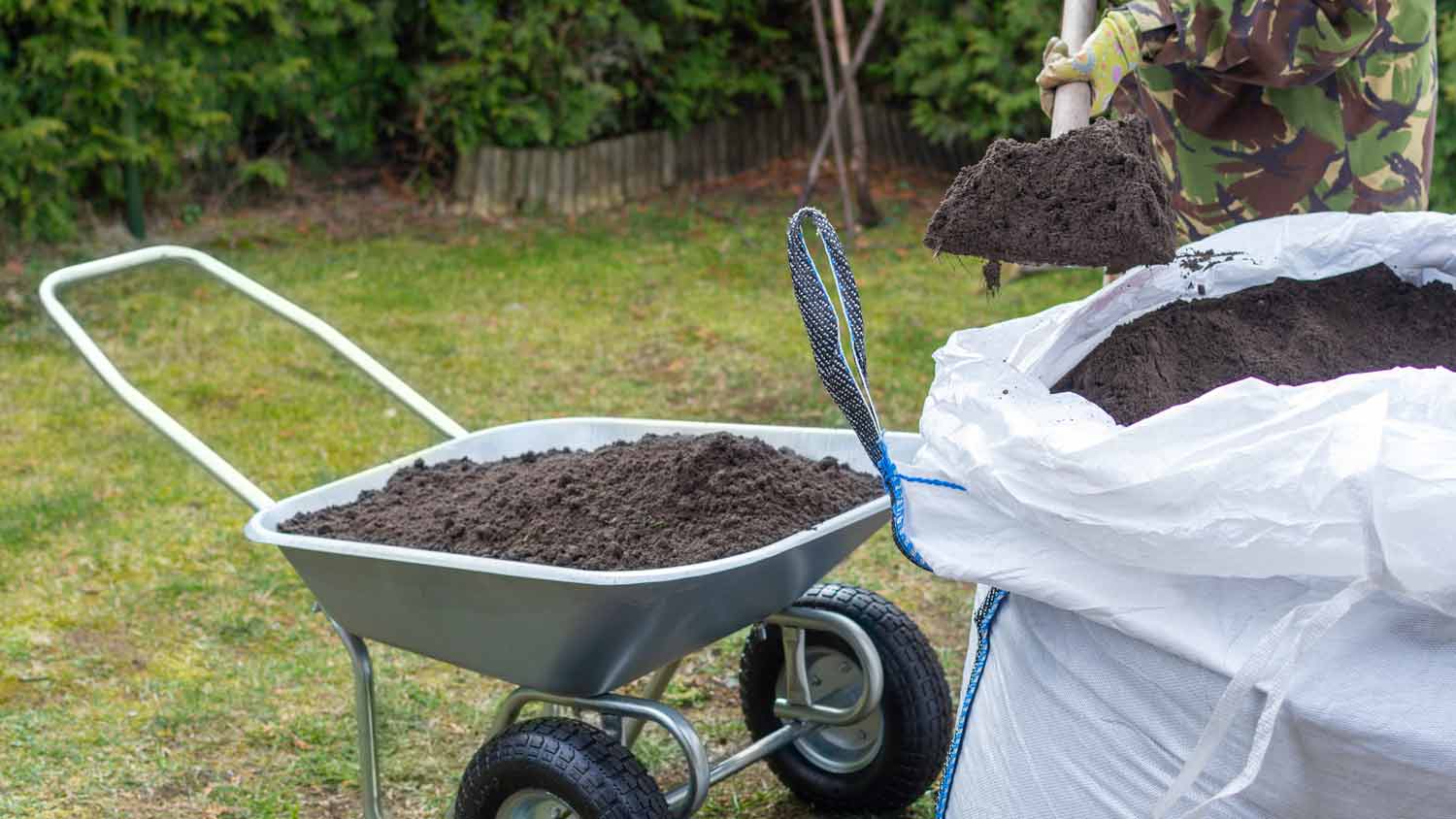
Get clear, up-to-date fill dirt cost info. Learn average prices, cost factors, and tips to save on your next fill dirt project.
Let’s call a spade a spade—or rather, is it actually a shovel?


If you’ve never gardened before, it can feel overwhelming. Sure, you can test the waters with a fist full of potting soil and some small houseplants if you don’t mind a little dirt in your nails, but you’re going to need the right gardening tools eventually. The problem? Your local hardware store has racks of options that all look a little similar. So, how do you choose?
You actually only need a few basic tools to make a garden, whether you want to grow a large patch of veggies in your backyard or start container gardening in small pots on your balcony. Here’s what you should add to your shopping list for a well-stocked and organized garden shed.

A hand trowel is a must-have. It’s one of the first tools needed to start a garden. These small, hand-held shovels are ideal for digging little holes—like the kind you’d make when planting flowers or bulbs. They also help dig up weeds, transplant seedlings, move small plants, and break up soil or stubborn roots (for all those root-bound nursery pots).
While plastic trowels work in a pinch, the highest quality hand trowels have a metal blade and wooden handle.

You won’t need this tool for a small container garden, but a gardening shovel is a must-have if you’re looking to grow a vegetable garden or raised gardening bed. Think of it as a hand trowel’s older sibling. It does all the same stuff but on a larger scale. It will help you dig large holes, move dirt, and plant larger vegetation like shrubs, bushes, and trees.
There are a lot of different types of gardening shovels out there—including shovels with square points (garden spades) that help make precise cuts. If you’re looking for an all-purpose option, go for an angled shovel with a pointed tip. These are known as digging shovels.

Anyone who’s ever been pricked by the thorns of a rose bush knows that gloves are one of the most important gardening tools for planting flowers. They don't just ward off splinters and scrapes. They also help protect your hands from potentially poisonous plants. Ever handle dumb cane roots bare-handed? Then you know the familiar itch. Let’s not even talk about the potential for poison ivy. Look for gloves that are water-resistant and durable but not too bulky.
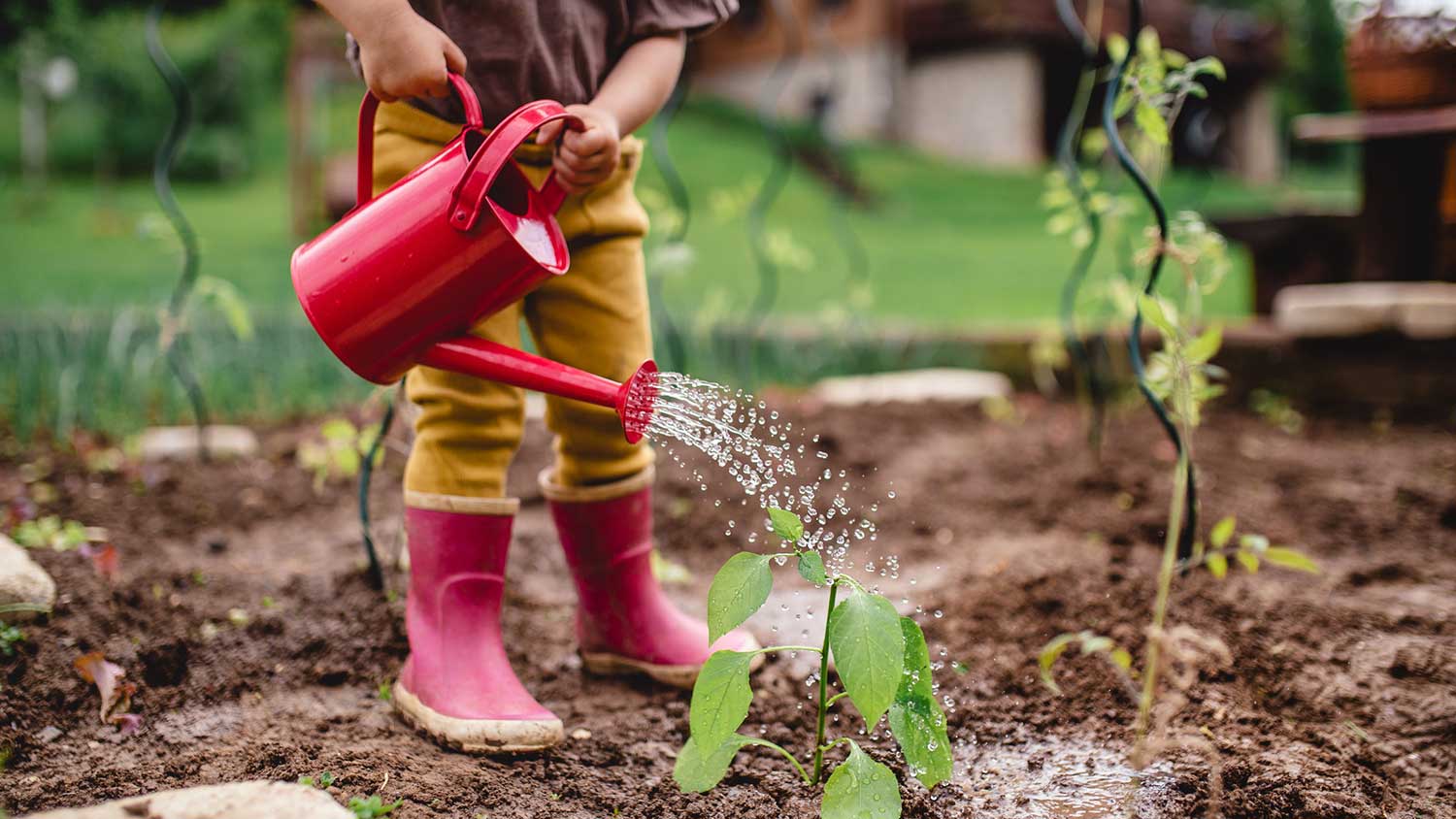
Gardens need water—some more than others. You can hire a local outdoor watering service or stretch the time between watering by choosing drought-resistant or native plants. Either way, you’ll still need a watering tool. This is where a watering can or garden hose comes in.
Lightweight watering cans are a good option for container gardeners who don’t have a hose hookup or are gardening indoors where a hose is impractical. Most everyone else could probably benefit from a hose with an adjustable nozzle that lets you control water pressure and flow. It’s the fastest way to water a large area (though watering cans are fine for pots).
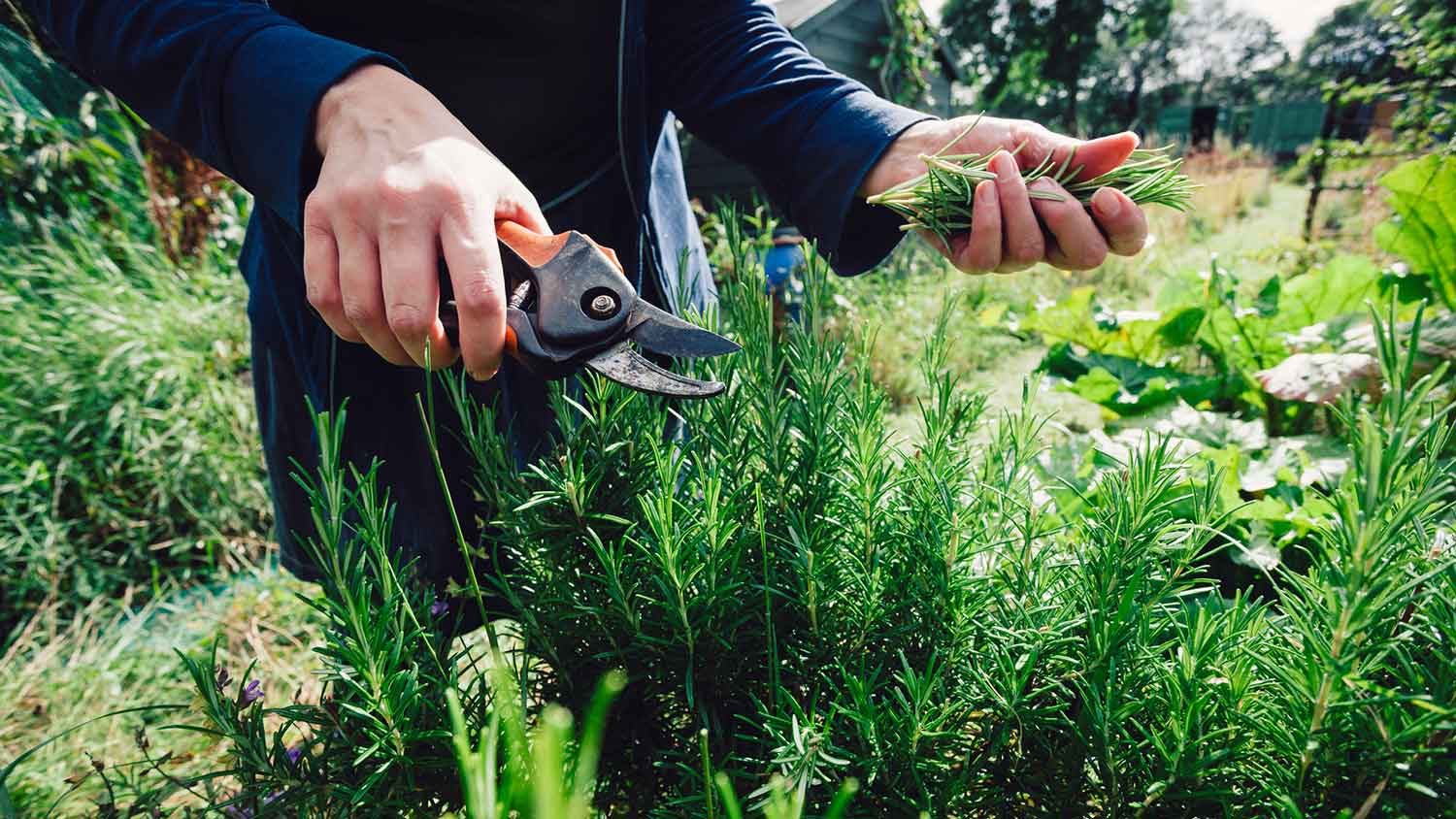
Even if you hire a local professional gardener, you still may want to do a little backyard pruning on your own. Pruning helps you shape your plants, remove dead or diseased vegetation, and harvest your vegetables. It also encourages growth. Hello, lush leaves.
To help with pruning, pick up some pruning shears and loppers. Pruning shears, which have a short handle, are the all-purpose solution. They work well with most flowers, bushes, and shrubs. Loppers, which have a longer handle, are best for hard-to-reach places and thicker, woody branches.

A gardening rake is not the same kind of rake you’d use to clean up fallen leaves. It’s a lot sturdier and comes in both hand-held and full-size varieties. What makes the rake a garden rake are the metal tines. They’re bent at a right angle to help you easily break into the soil and clear away debris. Use this essential gardening tool to level out patches of land, aerate soil, or gently pull up weeds.

Forged fork, gardening fork, pitchfork, hand fork—it’s all the same. This essential garden tool functions as a hybrid between a shovel and rake. It has straight or slightly curved tines that you can use to break up soil or scoop mulch and fertilizer. It’s particularly helpful for tough soil that’s compacted, filled with rocks, or heavy with clay. If you’ve got a container garden, go for the hand-held variety. If you’re growing a large vegetable garden, reach for a full-sized option.
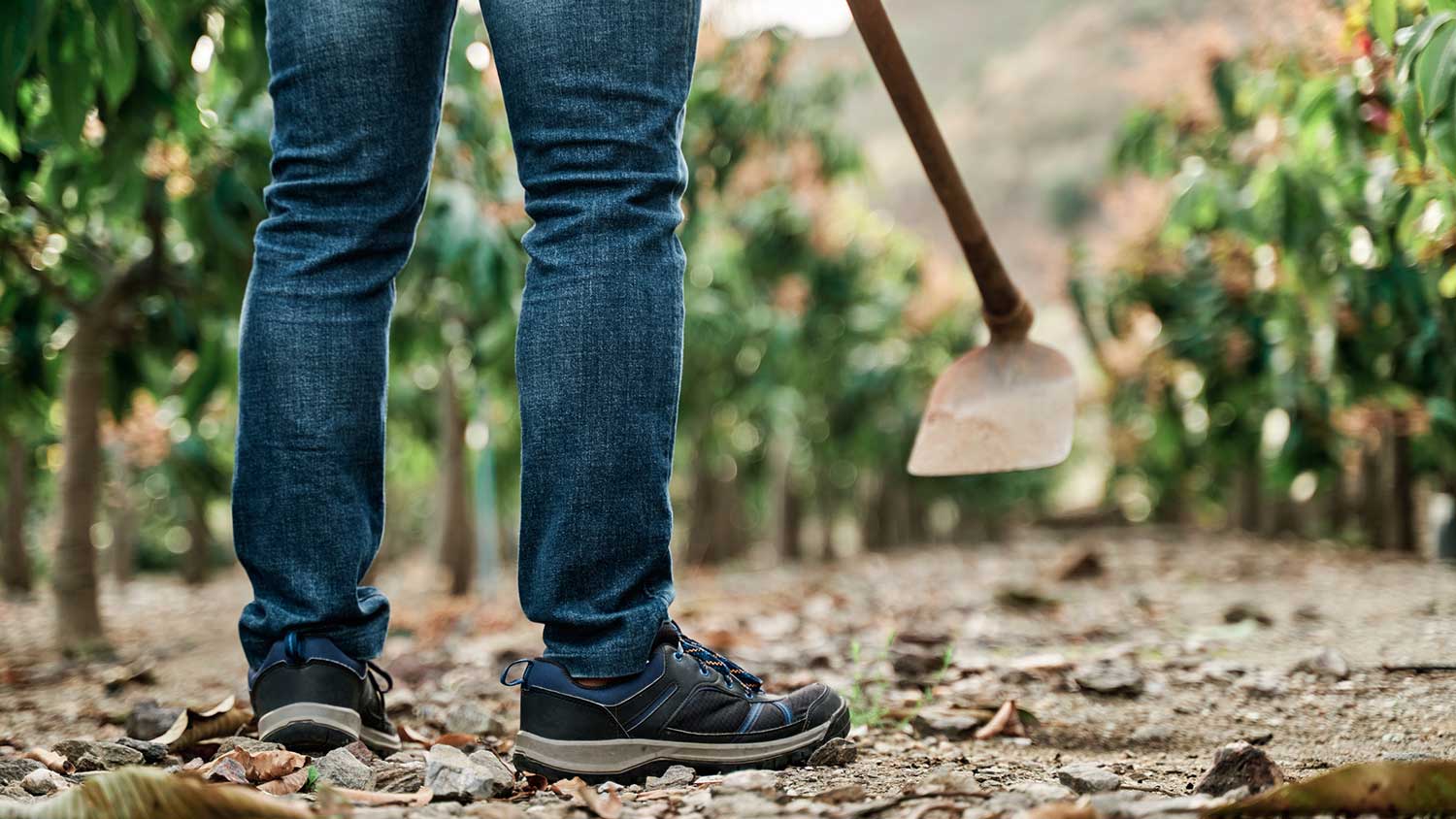
This gardening tool isn’t necessary for every situation, but when you need a hoe, you really need it. Think of this tool as a mix between a rake and a spade, but with a metal blade set at a right angle. It helps slice through tough weeds and vines in overgrown garden beds and is popular among those cultivating vegetable gardens.
While you probably can skip the hoe for your container garden, large-scale gardeners should look for an option with a sharp blade. If the blade isn’t there, you might as well stick with a shovel or rake.
From average costs to expert advice, get all the answers you need to get your job done.

Get clear, up-to-date fill dirt cost info. Learn average prices, cost factors, and tips to save on your next fill dirt project.
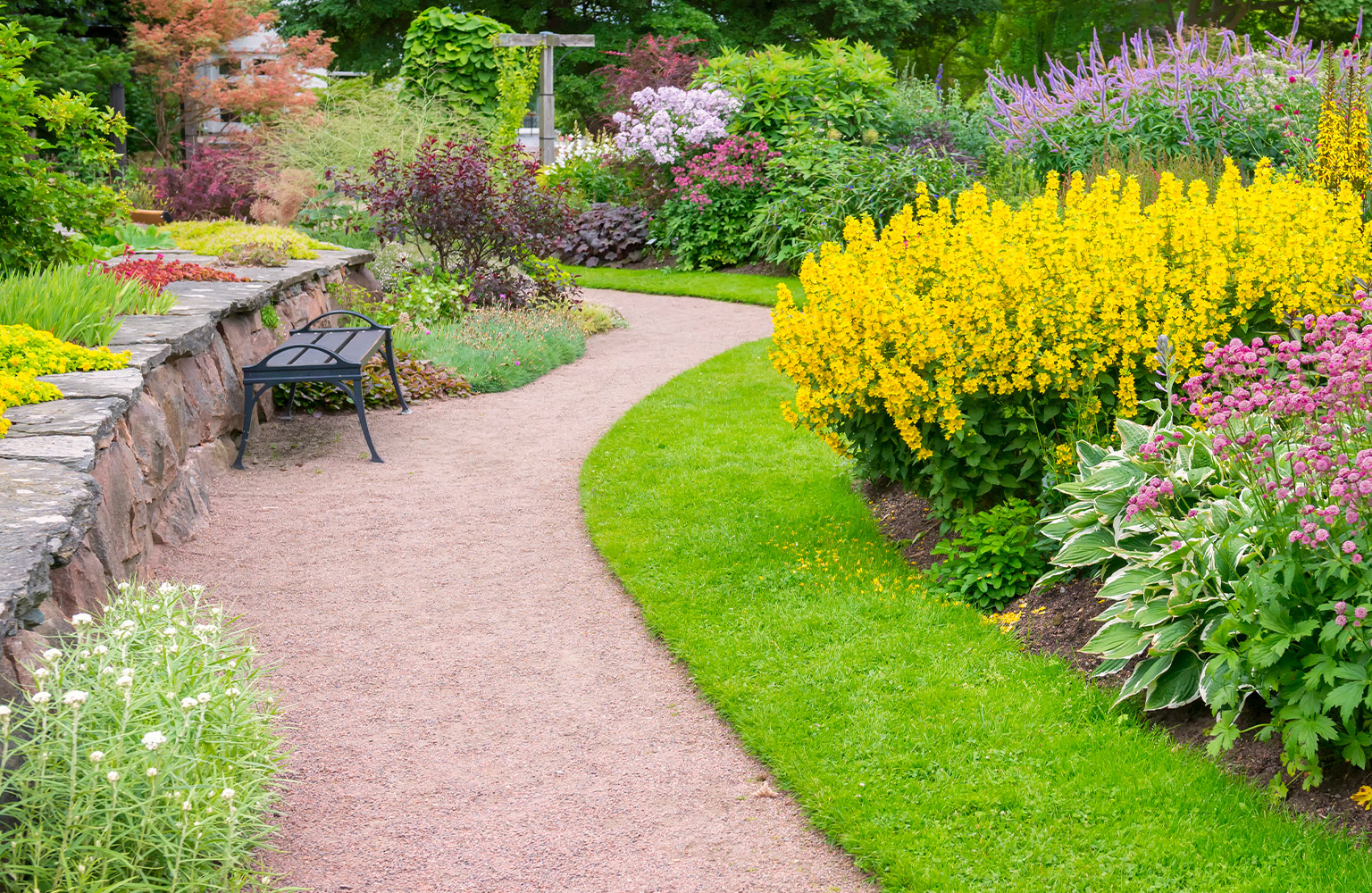
Discover the average sand delivery cost, key price factors, and tips to save on your next project. Get transparent, up-to-date estimates for sand delivery.

Gravel is an inexpensive paving material overall, but costs vary by type. Find out what average gravel prices will look like for your project.

How long does rubber mulch last? It can last over a decade, making it a long-lasting alternative to organic mulch. Learn about its lifespan and maintenance.

Looking to add curb appeal to your home and protect your garden beds by laying down mulch? Find out how many bags of mulch you need to get the job done.
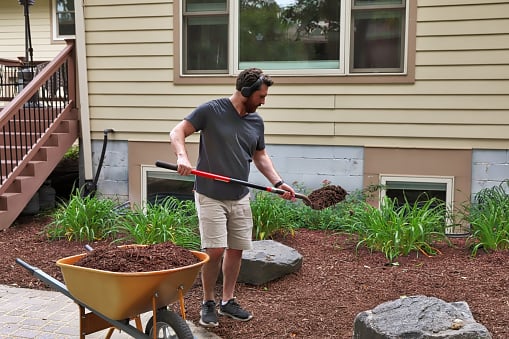
If you’re looking at your yard wondering, “How many bags of mulch do I need?” This calculator will help you determine the exact amount of mulch you should buy.